The Alpaca is a domestic hoofed mammal that originated in South America. Its closest relatives are the domestic llama, the wild vicuna, and guanaco. Researchers believe that humans bred these modern day animals from vicunas.
Alpacas and llamas look quite similar, but Alpacas are significantly smaller than llamas. There are just two breeds of Alpaca: the Huacaya and the Suri. Read on to learn about the Alpaca.
Description of the Alpaca
These fluffy animals stand about 3.5 ft. tall at the shoulder. They are relatively small compared to the other members of their family, and weigh about 130 lbs. on average. They have long legs, long necks, and long ears.
Their fur is long and dense, and varies in color from white to black, and many different shades of brown or tan. Some Alpacas have solid colored coats, while others have spots or patches of different color.
Interesting Facts About the Alpaca
These are furry, charismatic animals that humans breed in many different parts of the world. Learn more about what makes them unique below.
- Camelidae – Just like llamas, vicunas, and guanacos, Alpacas are members of the Camelidae family. Within the camel family, humans have domesticated 4 of the 7 different species. Of the domestic Camelids, which also include the Bactrian camel, Dromedary camel, and llama, the Alpaca is the smallest.
- Closest Relatives – Within the family, this animal is genetically quite similar to the llama. In fact, they are so closely related that they can interbreed. A hybrid between a llama and an Alpaca is a “huarizo.” Just like mules, which are hybrids of horses and donkeys, Huarizos usually cannot reproduce.
- Spitting – Like llamas, Alpacas can “spit” if they feel threatened. However, this spit is not actually saliva, but a sticky glob of whatever happens to be in their stomach at the time. It is never a good idea to agitate one of these animals, but don’t think distance will keep you safe! Their spitting radius is about 10 feet!
- Fangs – Spitting isn’t this mammal’s only defense. Males also grow elongated canine teeth. They use these teeth, or fangs, when fighting one another or fighting predators. Most fangs are a little over an inch long.
Habitat of the Alpaca
As domesticated animals, these do not have wild habitats. Their ancestor, the vicuna, lives in harsh mountainous habitat at extreme elevations.
Alpacas usually have it much better. Most live on farms or ranches, where they need plenty of space with lots of grassy area to graze. Unlike llamas, there are no feral populations of these animals in the mountainous regions of South America.
Distribution of the Alpaca
Humans originally bred these mammals in South America, primarily from Peru to Argentina in the Andes Mountains. It wasn’t until the 1980’s that these animals began popping up in other regions of the world.
Farmers sold and traded these animals at about this time, and now they live across much of the world. People keep them in the United States, Australia, New Zealand, and the Netherlands. However, the vast majority of them still live on South American farms.
Diet of the Alpaca
Alpacas are herbivores and eat only plants. Though people have domesticated them, they eat a very similar diet to their ancestors the vicunas. Their diet consists almost exclusively of grasses, and they normally do not eat many leaves, buds, or other plant parts. Some of their favorite grasses are tussock grass, rushes, rye grasses, and more.
Alpaca and Human Interaction
Humans and Alpacas interact all the time, and these animals would not exist without humans. People breed them primarily for their dense fur, which they trim yearly.
Some people make rugs or clothing from their pelts, harvesting their fur year after year by safely clipping it like a sheep. Some people also eat their meat, but this is relatively uncommon. In South America, this species is an incredibly important farm animal.
Domestication
The people of South America domesticated Alpacas thousands of years ago. The native people selectively bred the vicuna to eventually create this animal. They selected only the most docile animals with the finest quality fur to breed. However, farmers in other areas of the world did not begin breeding and managing them until relatively recently.
Does the Alpaca Make a Good Pet
While these animals are good farm animals, they do not make good household pets. If you have the space, and the resources to care for one, then an Alpaca could be the right choice for you. However, do not forget that you must socialize them properly, or risk being spit at!
Alpaca Care
These animals rely on humans to provide for all their needs. Farmers must keep them in herds, so they do not become lonely. The herds need large spaces to graze for grass, and sturdy fences to keep them in and keep predators out.
Farmers also supplement their diet with hay, to ensure they receive all the nutrients that they need. They also provide them with fresh water at all times.
Behavior of the Alpaca
These mammals are quite social animals, and always live in groups. Some farmers even keep them with other livestock, like llamas, goats, sheep, and more.
Scuffles and dominance disputes usually disperse before any aggressive behavior occurs, though sometimes Alpacas spit at each other when they are upset. When angry, they lie their ears flat, snort, lift their tail, push, and spit.
Reproduction of the Alpaca
Females can breed at any time of year. Males control harems of up to 10 females, and breed with all of them. Their gestation period that lasts anywhere from 8 to 11 months long. They usually give birth to a single baby, known as a “crias.”
The female weans the youngster when it is between 6 and 8 months old. Females can breed when they are about a year old, while males do not breed until they are around 3 years old.

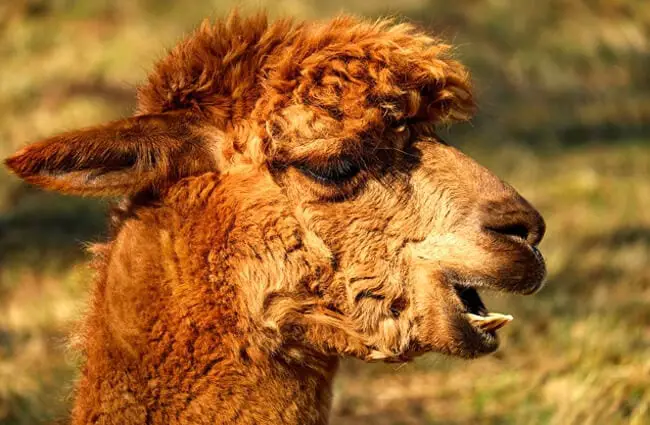
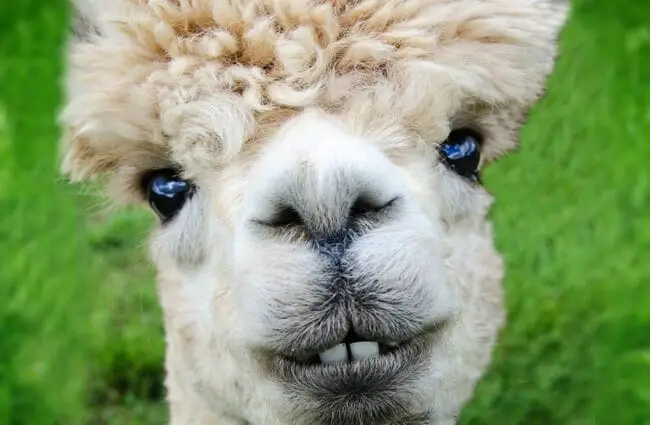

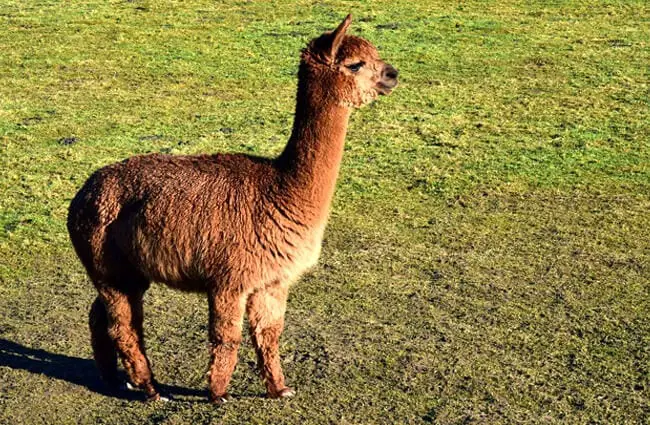
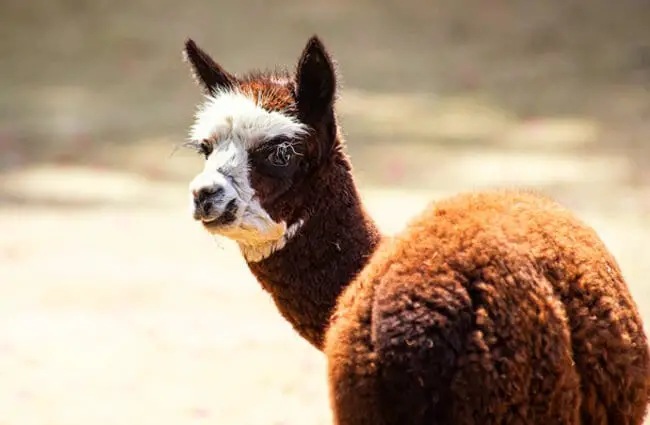
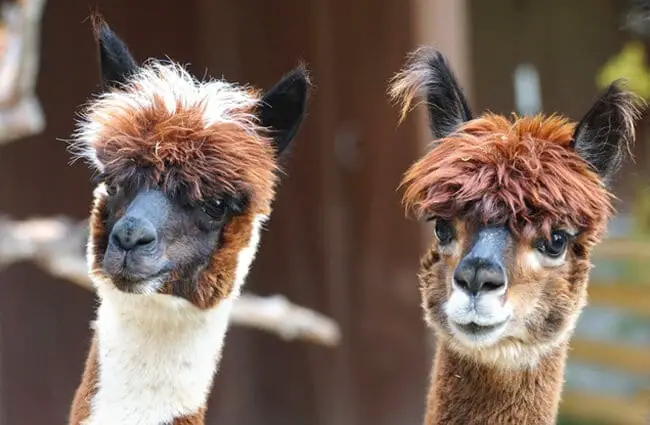
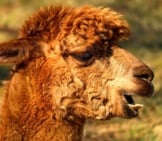
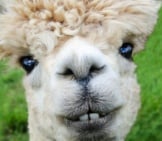


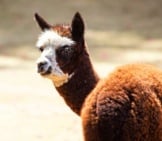
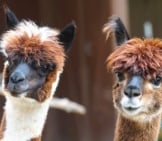
![Red Angus Closeup of a beautiful Red Angus cowPhoto by: U.S. Department of Agriculture [pubic domain]https://creativecommons.org/licenses/by/2.0/](https://animals.net/wp-content/uploads/2020/03/Red-Angus-4-238x178.jpg)












![Red Angus Closeup of a beautiful Red Angus cowPhoto by: U.S. Department of Agriculture [pubic domain]https://creativecommons.org/licenses/by/2.0/](https://animals.net/wp-content/uploads/2020/03/Red-Angus-4-100x75.jpg)

